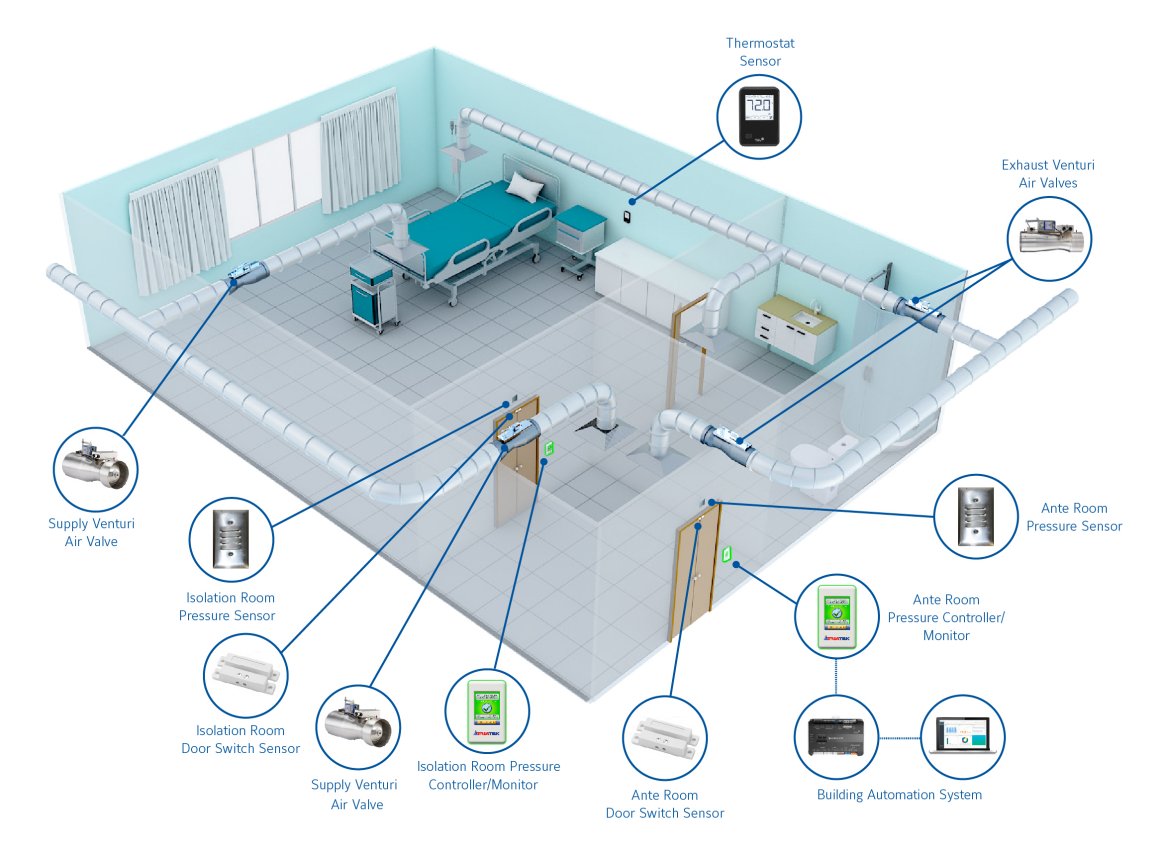


If you have an appointment, contact your office for instruction. We are all advised to stay home if the signs of influenza-like-illness are present. Staff who have difficulty breathing or shortness of breath, or are believed to be severely ill, should seek immediate medical attention.Staff who were not using appropriate personal protective equipment during close contact with a confirmed, probable, or suspect case of swine influenza A (H1N1) virus infection during the case's infectious period should receive chemoprophylaxis according to CDC guidance ().Staff who experience ILI and wish to seek medical care should contact their health care providers to report illness (by telephone or other remote means) before seeking care at a clinic, physician's office, or hospital.Staff experiencing influenza-like-illness (ILI) (fever with either cough or sore throat, muscle aches) should not report to work.Routine cleaning and disinfection strategies used during influenza seasons can be applied to the environmental management of swine influenza. Patient and dental healthcare workers should perform hand hygiene (e.g., hand washing with non-antimicrobial soap and water, alcohol-based hand rub, or antiseptic handwash) after having contact with respiratory secretions and contaminated objects/materials.
#NEGATIVE PRESSURE ROOM DENTAL OFFICE SKIN#
Dental healthcare personnel assessing a patient with influenza-like illness should wear disposable surgical facemask, non-sterile gloves, gown, and eye protection (e.g., goggles) to prevent direct skin and conjunctival exposure.The ill person should wear a surgical mask when outside the patient room. Staff should offer a disposable surgical mask to persons who are coughing, or provide tissues and no-touch receptacles for used tissue disposal.Patients with an acute respiratory illness should be identified at check-in and placed in a single-patient room with the door kept closed. If you are concerned about your upcoming dental appointment, and are wondering what your dentist is doing to prevent the spread of H1N1 in the dental office, here are some of the guidelines the CDC prepared for dental offices to consider adapting into their practice during this obviously stressful time: Sadly, 129 laboratory-confirmed pediatric 2009 H1N1 deaths have been reported since April 2009. More notably, hospitalization rates continue to be the highest among our younger populations, with the highest rate of hospitalization reported in children 0-4 years old. The Centers for Disease Control and Prevention (CDC) reports laboratory-confirmed flu rates are climbing, and are higher than expected for this time of year. The 2009 H1N1 flu continues to cause havoc across the country. Hand washing is the #1 way to prevent the spread of viruses and bacteria.Dentists and hygienists should wear masks.Providing a surgical mask for who are coughing.Remember, standard precautions are crucial in preventing the spread of this virus. Is your practice prepared to deal with the H1N1 virus? posted an article with a guide for dealing with the H1N1 virus.


 0 kommentar(er)
0 kommentar(er)
